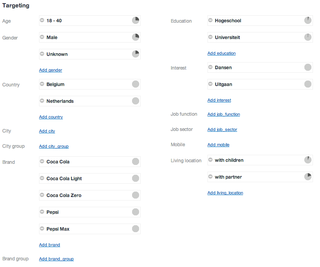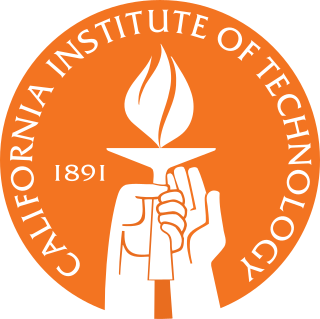A field of applied statistics of human research surveys, survey methodology studies the sampling of individual units from a population and associated techniques of survey data collection, such as questionnaire construction and methods for improving the number and accuracy of responses to surveys. Survey methodology includes instruments or procedures that ask one or more questions that may or may not be answered.

A Likert scale is a psychometric scale commonly involved in research that employs questionnaires. It is the most widely used approach to scaling responses in survey research, such that the term is often used interchangeably with rating scale, although there are other types of rating scales.

Banner blindness is a phenomenon in web usability where visitors to a website consciously or unconsciously ignore banner-like information, which can also be called ad blindness or banner noise.
Vision therapy (VT) is an umbrella term for a variety of treatments based around eyes exercises. The treatments aim to treat convergence disorder – for which there is supporting evidence – and a range of neurological, educational and spatial difficulties – uses which are not supported by good evidence.
Web analytics is the measurement, collection, analysis and reporting of web data for purposes of understanding and optimizing web usage. However, Web analytics is not just a process for measuring web traffic but can be used as a tool for business and market research, and to assess and improve the effectiveness of a website. Web analytics applications can also help companies measure the results of traditional print or broadcast advertising campaigns. It helps one to estimate how traffic to a website changes after the launch of a new advertising campaign. Web analytics provides information about the number of visitors to a website and the number of page views. It helps gauge traffic and popularity trends which is useful for market research.

Data analysis is a process of inspecting, cleansing, transforming, and modeling data with the goal of discovering useful information, informing conclusions, and supporting decision-making. Data analysis has multiple facets and approaches, encompassing diverse techniques under a variety of names, and is used in different business, science, and social science domains. In today's business world, data analysis plays a role in making decisions more scientific and helping businesses operate more effectively.
Audience response is a type of interaction associated with the use of audience response systems, to create interactivity between a presenter and its audience.
Ad tracking, also known as post-testing or ad effectiveness tracking, is in-market research that monitors a brand’s performance including brand and advertising awareness, product trial and usage, and attitudes about the brand versus their competition.
In advertising research, attention is the qualitative measure of an advertisement's effectiveness in arousing interest in a viewer.
A click path or clickstream is the sequence of hyperlinks one or more website visitors follows on a given site, presented in the order viewed. A visitor's click path may start within the website or at a separate 3rd party website, often a search engine results page, and it continues as a sequence of successive webpages visited by the user. Click paths take call data and can match it to ad sources, keywords, and/or referring domains, in order to capture data.
In research of human subjects, a survey is a list of questions aimed at extracting specific data from a particular group of people. Surveys may be conducted by phone, mail, via the internet, and sometimes face-to-face on busy street corners or in malls. Surveys are used to increase knowledge in fields such as social research and demography.

Targeted advertising is a form of online advertising that is directed towards audiences with certain traits, based on the product or person the advertiser is promoting. These traits can either be demographic which are focused on race, economic status, sex, age, the level of education, income level and employment or they can be psychographic focused which are based on the consumer's values, personality, attitudes, opinions, lifestyles and interests. They can also be behavioral variables, such as browser history, purchase history, and other recent activity. Targeted advertising is focused on certain traits and the consumers who are likely to have a strong preference will receive the message instead of those who have no interest and whose preferences do not match a product's attribute. This eliminates wastage.
The marketing research process is a six-step process involving the definition of the problem being studied upon, determining what approach to take, formulation of research design, field work entailed, data preparation and analysis, and the generation of reports, how to present these reports, and overall, how the task can be accomplished.
Mouse tracking is the use of software to collect users' mouse cursor positions on the computer. This goal is to automatically gather richer information about what people are doing, typically to improve the design of an interface. Often this is done on the Web and can supplement eye tracking in some situations.
In marketing, attribution is the identification of a set of user actions that contribute in some manner to a desired outcome, and then the assignment of a value to each of these events. Marketing attribution provides a level of understanding of what combination of events in what particular order influence individuals to engage in a desired behavior, typically referred to as a conversion.

The Coalition for Innovative Media Measurement (CIMM) is a trade group founded in 2009 by television content providers, media agencies and advertisers to explore ways to measure audiences across media in the United States.

EyeSee is one of the fastest growing behavioral research companies operating globally. The company uses accessible remote behavioral methods in combination with conventional to unlock next level consumer insights with the highest predictive value.










